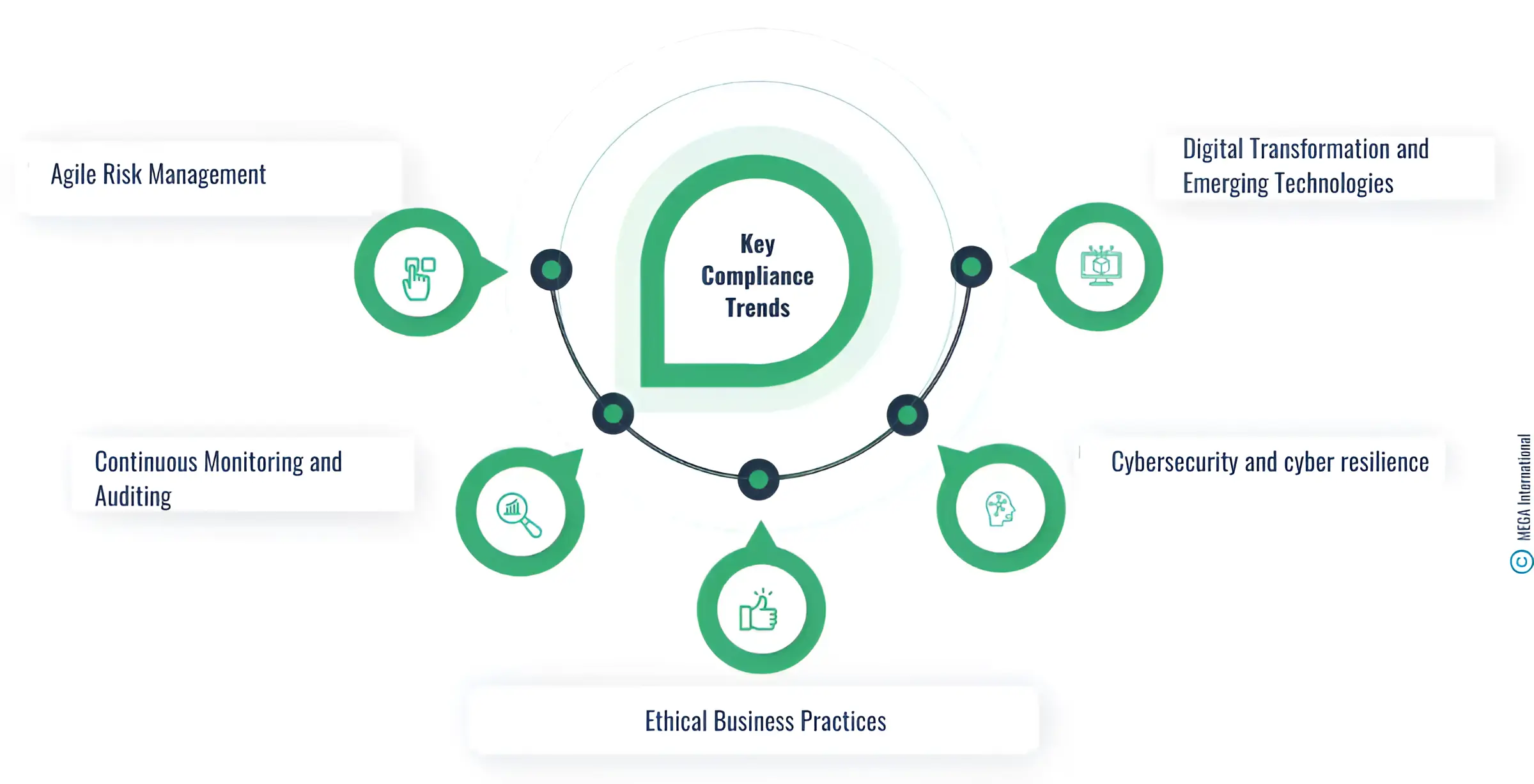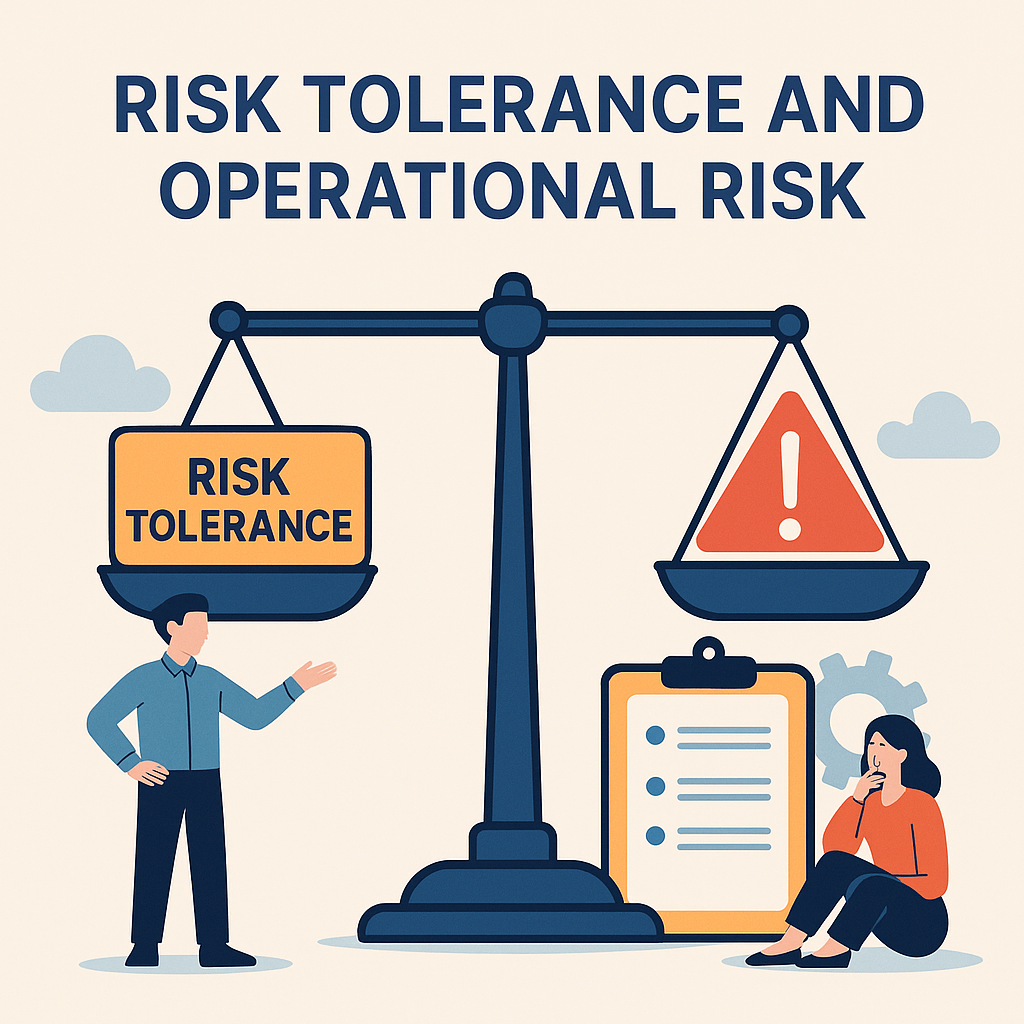Introduction
The rapid advancement of artificial intelligence (AI) in governance, risk, and compliance (GRC) is transforming how organizations manage risk, adhere to regulatory requirements, and streamline compliance processes. Traditional GRC strategies often involve manual assessments and time-consuming regulatory tracking.
However, the rise of cognitive GRC solutions—which leverage AI, machine learning (ML), and natural language processing (NLP)—is enabling businesses to automate compliance tasks, predict risks, and improve decision-making. Learn about Internal Audit 4.0 to understand the revolution in the field of Internal auditing.
This blog explores how AI-driven compliance solutions are reshaping governance, risk, and compliance frameworks, offering real-world applications and future trends.
Also, read a great post on Cognitive GRC by 6Clicks.
The Role of AI in Governance, Risk, and Compliance
AI is revolutionizing GRC strategies by enhancing efficiency, accuracy, and adaptability in the following ways:
1. AI-Driven Risk Identification and Prediction
Organizations face evolving risks, from cyber threats to financial fraud. AI improves risk management by:
- Detecting anomalies through data pattern analysis.
- Predicting potential risks based on historical data.
- Enhancing threat intelligence by monitoring global risk indicators.
Example: JPMorgan Chase utilizes AI-driven fraud detection to monitor financial transactions in real time, reducing fraudulent activities significantly.
2. Automating Compliance Management
Regulatory compliance involves continuously tracking laws and policies across multiple jurisdictions. AI simplifies compliance by:
- Monitoring regulatory updates using NLP-powered algorithms.
- Automating compliance audits to flag non-compliance issues instantly.
- Ensuring adherence to global regulations such as GDPR, CCPA, and SOX.
Example: IBM OpenPages automates compliance tracking for financial institutions, reducing regulatory risks and manual workload.
3. AI-Enhanced Governance and Decision-Making
Corporate governance requires data-driven decision-making and real-time reporting. AI helps improve governance by:
- Identifying governance risks before they escalate.
- Providing intelligent reporting dashboards to track policy compliance.
- Enhancing board-level decision-making using predictive analytics.
Example: MetricStream AI enables executives to monitor compliance risks and streamline governance practices.
Real-World Applications of AI in GRC
1. AI for Financial Risk Management
Banks and financial institutions leverage AI-driven compliance solutions to detect fraud, assess credit risk, and automate regulatory compliance processes.
Example: HSBC uses AI-powered risk management tools to analyze millions of transactions, ensuring AML (Anti-Money Laundering) compliance.
2. AI in Cybersecurity and Data Protection
Cyber threats pose major risks to businesses. AI enhances cybersecurity by detecting vulnerabilities and responding to breaches in real time.
Example: Darktrace AI uses machine learning to detect cybersecurity threats before they impact an organization’s network.
3. AI-Driven Third-Party Risk Management
Businesses rely on third-party vendors, making vendor risk assessment crucial. AI evaluates vendor security postures and ensures compliance with contractual obligations.
Example: Aravo AI assesses third-party risks by continuously monitoring vendor compliance and security threats.
The Future of AI in Governance, Risk, and Compliance
As AI technologies evolve, their role in GRC strategies will expand in key areas:
1. AI-Powered Predictive Compliance
Future AI models will anticipate compliance risks before they arise, enabling proactive regulatory adherence and reducing violations.
2. Real-Time Regulatory Intelligence
AI will provide instant regulatory updates across industries, reducing the need for manual compliance tracking and enhancing policy enforcement.
3. AI in Ethical Governance
AI will assist organizations in building ethical frameworks that ensure responsible AI usage, bias-free decision-making, and increased transparency.
Challenges and Ethical Considerations
Despite AI’s advantages in GRC strategies, challenges remain:
- AI Bias: AI models must be trained on diverse datasets to prevent biased decision-making.
- Regulatory Uncertainty: AI’s legal implications in compliance are still evolving.
- Data Privacy and Security: AI-driven GRC solutions must align with global data protection regulations.
Conclusion
The integration of cognitive AI in GRC is revolutionizing compliance management, risk assessment, and corporate governance. AI-powered risk management solutions are enabling organizations to predict threats, automate compliance, and enhance governance decision-making. As AI continues to evolve, businesses must embrace ethical AI frameworks to ensure fair and transparent governance structures. The future of governance, risk, and compliance will be shaped by AI’s ability to create proactive, intelligent, and adaptive compliance solutions.
References
- MetricStream, “Top GRC Trends 2024.”
- OCEG, “Generative AI and GRC.”
- GRC2020, “Cognitive GRC: Revolutionizing GRC with Artificial Intelligence.”
- IBM OpenPages, “AI-Driven Compliance Solutions.”
- Darktrace, “AI in Cybersecurity.”









